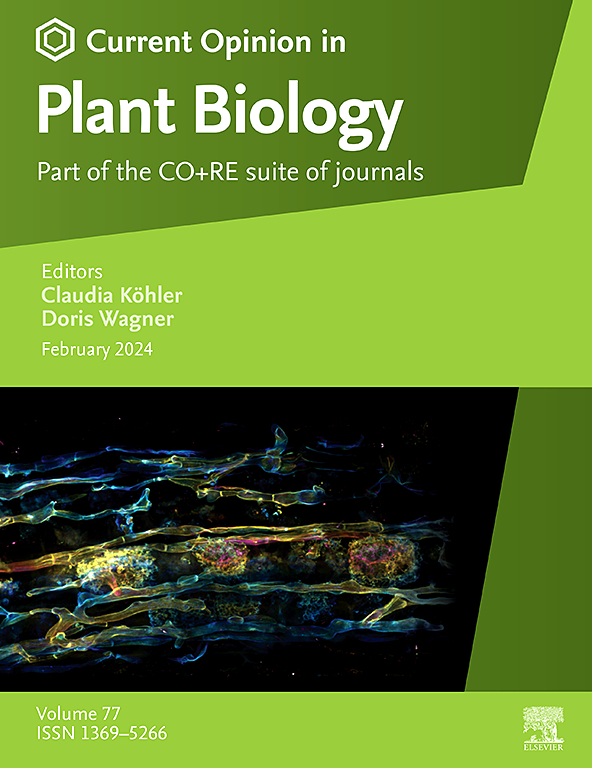Inflorescence architecture is highly variable across plant lineages yet is critical for facilitating reproductive success. The capitulum-type inflorescence of the Asteraceae is marked as a key morphological innovation that preceded the family's diversification and expansion. Despite its evolutionary significance, our understanding of capitulum development and evolution is limited. This review highlights our current perspective on capitulum evolution through the lens of both its molecular and developmental underpinnings. We attempt to summarize our understanding of the capitulum by focusing on two key characteristics: patterning (arrangement of florets on a capitulum) and floret identity specification. Note that these two features are interconnected such that the identity of florets depends on their position along the inflorescence axis. Phytohormones such as auxin seemingly determine both pattern progression and floret identity specification through unknown mechanisms. Floret morphology in a head is controlled by differential expression of floral symmetry genes regulating floret identity specification. We briefly summarize the applicability of the ABCE quartet model of flower development in regulating the floret organ identity of a capitulum in Asteraceae. Overall, there have been promising advancements in our understanding of capitula; however, comprehensive functional genetic analyses are necessary to fully dissect the molecular pathways and mechanisms involved in capitulum development.


